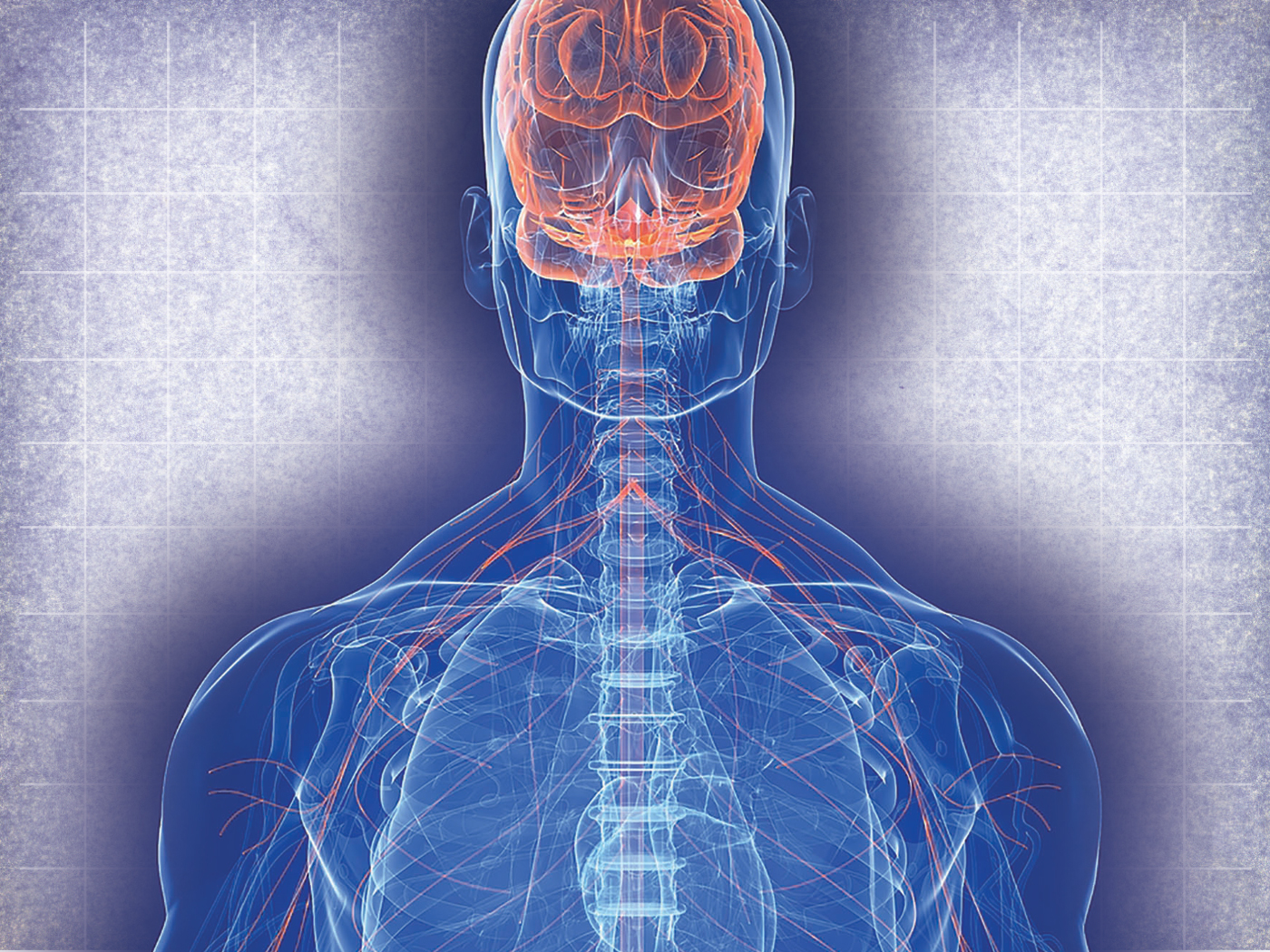RATE II: Radioisotopes and the Age of The Earth: Results of a Young-Earth Creationist Research Initiative, (Volume II), L. Vardiman et al., eds. (San Diego, CA: Institute for Creation Research and the Creation Research Society, 2005)
Abstract
The assumptions of conventional whole-rock and mineral isochron radioisotope dating were tested using a suite of radioisotopes from two Precambrian rocks. Amphibolite from the Beartooth Mountains of Wyoming shows evidence of thorough metamorphism by isochemical processes from andesite by an early Precambrian magma-intrusion event. A diabase sill, exposed within the wall of Grand Canyon at Bass Rapids, formed by a rapid intrusion event. The event segregated minerals gravitationally, apparently starting from an isotopically homogeneous magma. Although K-Ar, Rb-Sr, Sm-Nd, and Pb-Pb methods ought to yield concordant isochron dates for each of these magmatic events, these four radioisotope pairs gave significantly discordant ages. Special allowance was made for larger-than-conventional uncertainties expressed as 2σ errors associated with the calculated “ages.” Within a single Beartooth amphibolite sample, three discordant mineral isochron “ages” range from 2515±110 Ma (Rb-Sr mineral isochron) to 2886±190 Ma (Sm-Nd mineral isochron). The diabase sill in Grand Canyon displays discordant isochron “ages” ranging from 841.5±164 Ma (K-Ar whole-rock isochron) to 1379±140 Ma (Sm-Nd mineral isochron). Although significant discordance exists between the K-Ar, Rb-Sr, Sm-Nd, and Pb-Pb radioisotope methods, each radioisotope pair appears to yield concordant “ages” internally between whole-rocks and minerals. Internal concordance is best illustrated from the Bass Rapids diabase sill by the tightly constrained Rb-Sr whole-rock and mineral isochron “ages” of 1055±46 Ma and 1060±24 Ma, respectively. The most problematic discordance is the Sm-Nd and Pb-Pb whole-rock and mineral isochron “ages” that significantly exceed the robust Rb-Sr whole-rock and mineral isochron “ages.” It could be argued that the robust Rb-Sr whole-rock and mineral isochron “ages” are in error, but an adequate explanation for the error has not been offered. The geological context of these Precambrian rocks places severe limitations on possible explanations for isochron discordance. Inheritance of minerals, slow cooling, and post-magmatic loss of daughter radioisotopes are not supported as processes causing isochron discordance in Beartooth amphibolite or Bass Rapids diabase. Recently, geochronologists researching the Great Dyke, a Precambrian layered mafic and ultramafic intrusion of Zimbabwe in southeast Africa, have documented a similar pattern of radioisotope discordance. Alpha-emitting radioisotopes (147Sm, 235U, and 238U) give older “ages” than β-emitting radioisotopes (87Rb and 40K) when applied to the same rocks. Therefore, it can be argued that a change in radioisotope decay rates in the past could account for these discordant isochron “ages” for the same geologic event. Conventional radioisotope clocks need repair.
Keywords
radioisotope decay rates, isochron dating, RATE II
For Full Text
Please see the Download PDF link above for the entire article.











